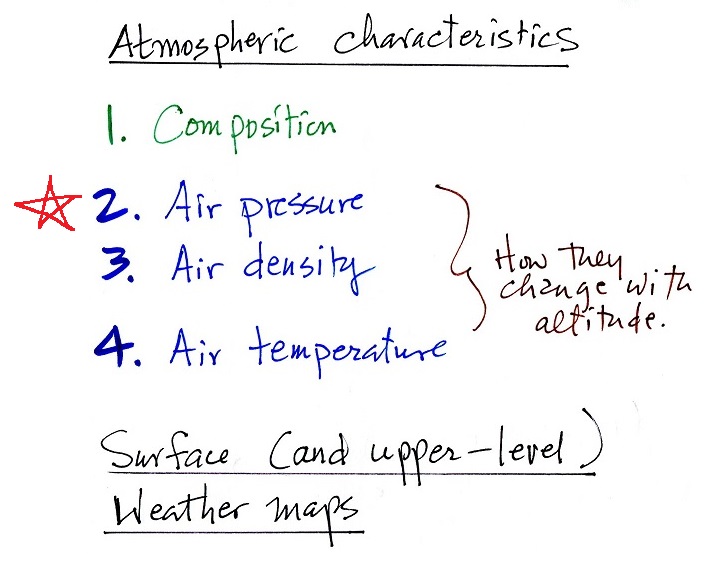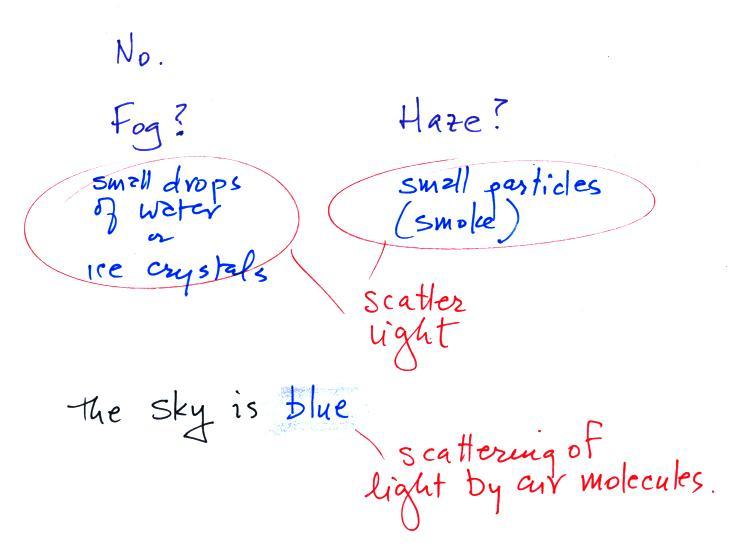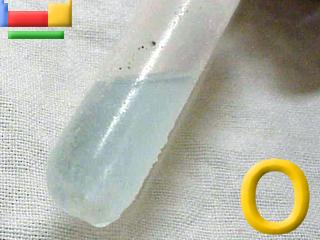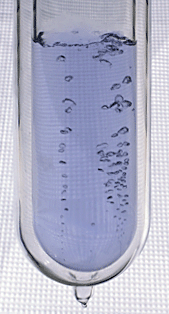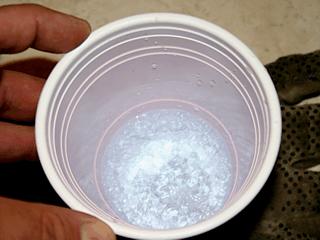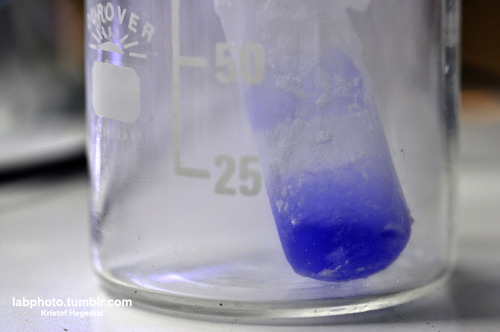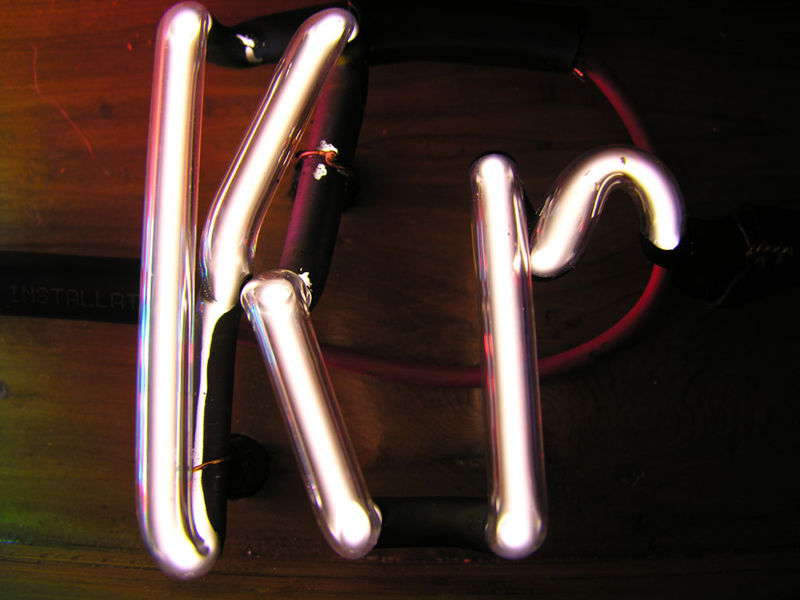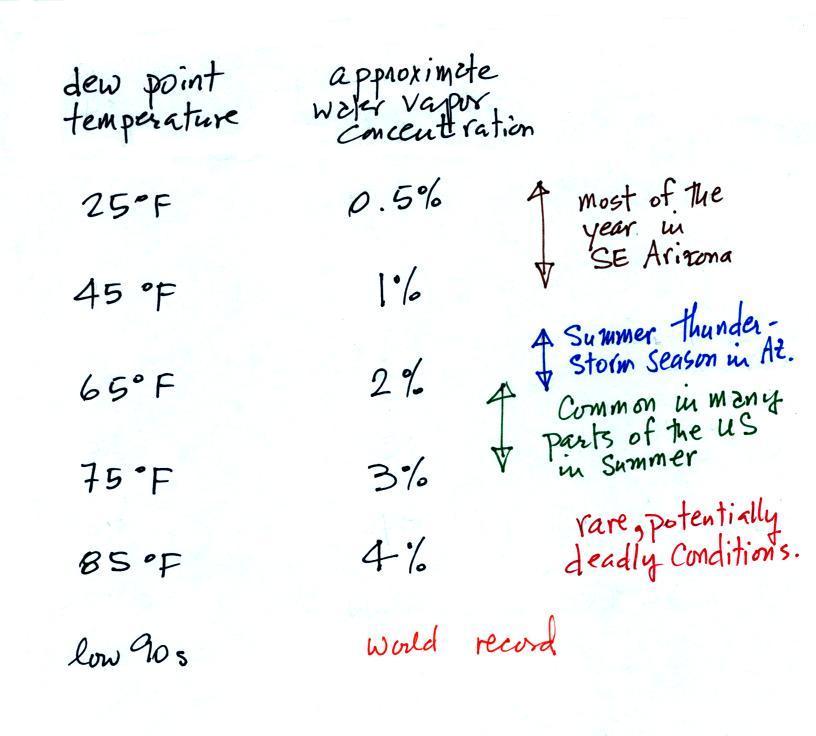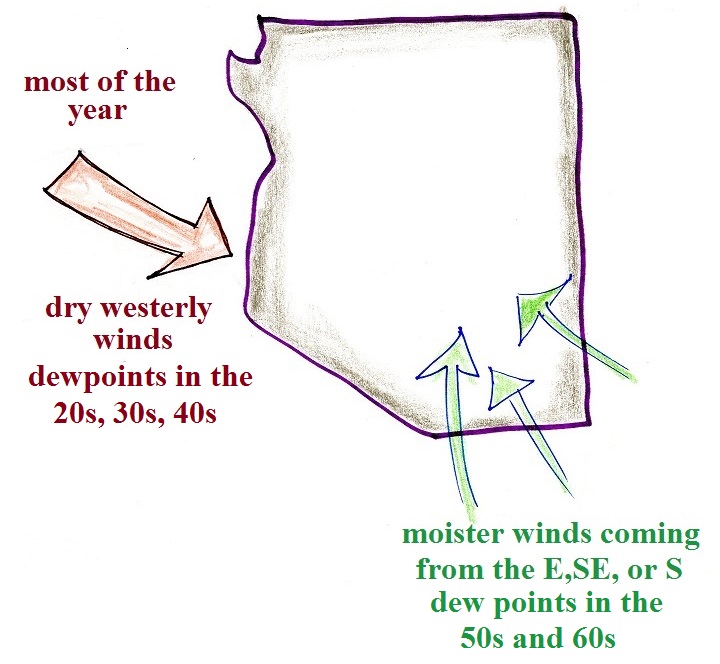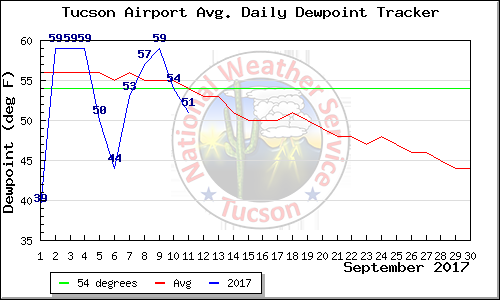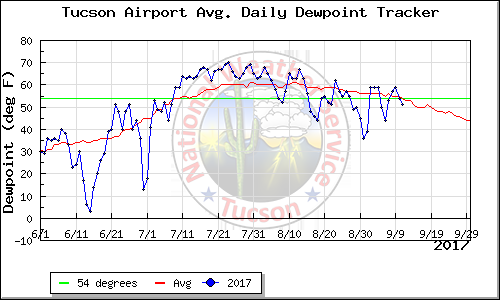Tuesday Aug. 22, 2017
Music while waiting for class to start featured a local group,
Orkesta Mendoza,
playing at the Yuca Cafe in Cologne Germany in Dec. 2015.
You heard "La
Cucharita" (6:43) and "Las Calles de
Tucson" (6:52).
Today's lecture notes are shown below.
Information about this class and course requirements
Class began with a quick look at the Course Information handout.
Please read through
that information carefully on your own and let me know if you
have any questions or concerns.
A textbook is not required for this
class. It seems unreasonable for me to expect you to
purchase a text knowing that we will only cover a small portion of
the material in it. You are certainly free to purchase one
of the textbooks that are being used in the other ATMO 170A1
sections. I have 20 - 25 instructor
copies of introductory level textbooks in my office.
If you'd like to borrow one of those just let me know.
Otherwise you should be able to do perfectly well in the class by
reading the online lecture notes. You should read the online
notes even if you are in class.
A set of photocopied ClassNotes (available in the ASUA
Bookstore in the Student Union) is "required." You should
try to purchase a copy as soon as you can because we may well be
using them in class on Thursday.
Important note: I revised
the ClassNotes this summer. Unfortunately some of the copies
that were initially available in the Bookstore were of an earlier
version. I think they have now all been removed and replaced
with the newer revised version. If you ended up with the
earlier version of the ClassNotes you can get a set of "replacement
pages" at the Fast Copy office in the Student Union (not at
the Bookstore). By inserting these replacement pages into
your set of ClassNotes you'll end up with a perfectly good version
of the revised notes. I will have sets of the replacement
pages in class as well.
-------
Writing is an important part of
this class. The details are described on the Writing Requirements handout.
Please have a careful look
at that also and
let me know if you have any questions.
The first half of your writing grade is an experiment
report. You only need to do one of the experiments, so think
about which of the experiments (listed on the handout) you might
like to do. I'll bring a signup sheet to class on
Thursday. I'm also hoping to bring about 40 sets of
Experiment #1 materials to class on Thursday for checkout.
Because I'm teaching two sections back to back I need to bring
materials for both classes. That's a lot of boxes and
there's a limit to what I can fit on my cart. Checkout is
first come first served. Materials for the other two
experiments will be handed out at roughly 3-week intervals.
The so-called One Side of One Page (1S1P) reports make up the
second part of your writing grade. Topics will appear
periodically during the semester on the class webpage. As
you write reports you will earn points (the exact number of points
will depend on the topic and the quality of your report).
Your goal should be to earn 45 1S1P pts, the maximum number
allowed, by the end of the semester.
You'll be allowed to revise and raise your grade on the first
draft of your experiment report. So you should be able to
earn a pretty high score on that. And, unless you
procrastinate, you can just keep on writing 1S1P reports until
you've earned 45 points. There's no reason not to earn a
high writing grade. The writing grade gets averaged in with
your quiz scores and, as the example below shows, can have a
significant and beneficial effect on your overall grade.
Grade example
Your final grade in this class will depend on your quiz scores,
how much extra credit you earn (from optional take home and in
class assignments), your writing grade, and (perhaps) your score
on the final exam. A sample grade report from the Fall 2016
8 am section of this class is shown below (most of the numbers are
class averages).
Doe_J
quiz1 -47 (175 pts possible) 73.1% quiz scores
quiz2 -48 (180 pts possible) 73.3%
quiz3 -45 (155 pts possible) 71.0%
quiz4 -41 (180 pts possible) 77.2%
2.0 EC points (3.3 pts possible) extra credit earned on optional assignments
writing scores
writing scores: 32.0 (expt/book report) + 45.0 (1S1P pts)
writing grade: 96.3%
overall averages (prior to the Final
Exam)
average (no quiz scores dropped): 78.2% + 2.0 =
80.2%
average (lowest quiz score dropped): 80.0% + 2.0 = 82.0%
Final exam score: 76.2%
Overall grade:
80.8% (B)
The 4 quiz grades are shown at the top.
Students that did turn in the Optional Assignments
earned on average 2.0 pts of extra credit during the
semester. You will have the opportunity to earn at least 3
extra credit points this semester.
A score of 32 points (out of 40) on the experiment report and 45
1S1P points resulted in a writing percentage grade of 96.3%.
There's no good reason not to end up with a writing score close to
100% (or even greater than 100%)
The overall average without any quiz scores dropped is shown
next. Since the result, 80.2%, is less than 90.0% the
average student last fall did have to take the final exam
The second average (with the lowest score dropped) is a little
higher, 82.0%.
If you do well on the final exam it will count 40% of
your overall grade (trying to maximize the benefit it can
have). If you don't do so well on the final it only counts
20% (minimizing the damage it can cause). In this example
the final exam score (76.2%) was lower than the 82.0% value, so
the final exam only counted 20% and the overall score was
80.8%.
Be sure to note that even with C grades on each of the
quizzes and a C on the Final Exam you could well end up with a B
in the class. That is possible when you have a high writing
grade and also have some extra credit points.
"Chapter 1" - the earth's atmosphere
I do try to cover a little course material on
this first day of class so that you can get an idea of how that
will work. Also I won't feel so bad about not covering new
material on the last day of class in December.
If we were using a book
we'd start in Chapter 1 and here's some of what we would first
be looking at in this course.
We will come back to the
first item, the composition of the atmosphere, today.
Understanding the causes of air pressure and how/why it
changes with altitude is important. Pressure is a
force and can cause the wind to blow and create
storms. It is also probably the most difficult concept
in this list to understand.
Short detour (not covered in class)
Here are a few questions to get you thinking about the air
around you.
Can we see air?
Air is mostly clear, transparent, and invisible. Most
gases are invisible. Sometimes the air looks foggy,
hazy, or smoggy. In those cases you are probably
"seeing" small water droplets or ice crystals (fog) or small
particles of dust or smoke (haze and smog). The
particles themselves may be too small to be seen with the
naked eye but are visible because they scatter (redirect)
light. I didn't really mention or explain what
that is but it's a pretty important concept and we
will learn more about it soon.
And to be completely honest air isn't really invisible.
If you shine a bright light through enough air, such as when
sunlight shines through the atmosphere, the air (the sky)
appears blue. This is a little more complicated form of
scattering of sunlight by air molecules. We'll come back
to this later as well.
Can you
smell air?

I don't think you can smell or taste air (air containing
nitrogen, oxygen, water vapor, argon and carbon
dioxide). But there are also lots of other odors you can
sometimes smell (freshly cut grass, cooked food, etc).
I don't consider these normal constituents of the
atmosphere.
Air often has a distinctive smell after a rain
shower. This comes sometimes from materials in the
soil that somehow or another become airborne. Here
in southern Arizona the smell is usually attributed to
the Creosote
Bush.
You can probably also smell certain
pollutants. I suspect our sense of smell is sensitive
enough for us to detect certain air pollutants even when
their concentration is very small (probably a good thing
because many of them are poisonous).
Natural gas (methane) used in hot water
heaters, some stoves, and furnaces is odorless. A
chemical (mercaptan) is added to natural gas so that you can
smell it and know when there is a leak before it builds up
to a concentration that could cause an explosion.
It is harder to answer this question.
We're always in contact with air. Maybe we've grown so
accustomed to it we aren't aware of how it feels. We can
certainly feel whether the air is hot or cold, but that have
more to do with energy exchange between us and our
surroundings. And we can feel wind.
In a couple of weeks we will see that, here in the classroom,
air pressure is pressing on every square inch of our bodies with
12 or 13 pounds of force. If that were to change suddenly
I'm pretty sure we'd feel it and it would probably really hurt.
2 objectives for today:
1. You should be able to list the 5 most abundant gases in air
and say something (maybe more than one thing) about
each of them
2. You should be able to define or explain
dew point temperature
and you should know the meaning of the term monsoon.
Let's start with the most abundant gas in the atmosphere. I
poured some of that material (in liquid form) into a Styrofoam
cup. Here's a photo I took back in my office.
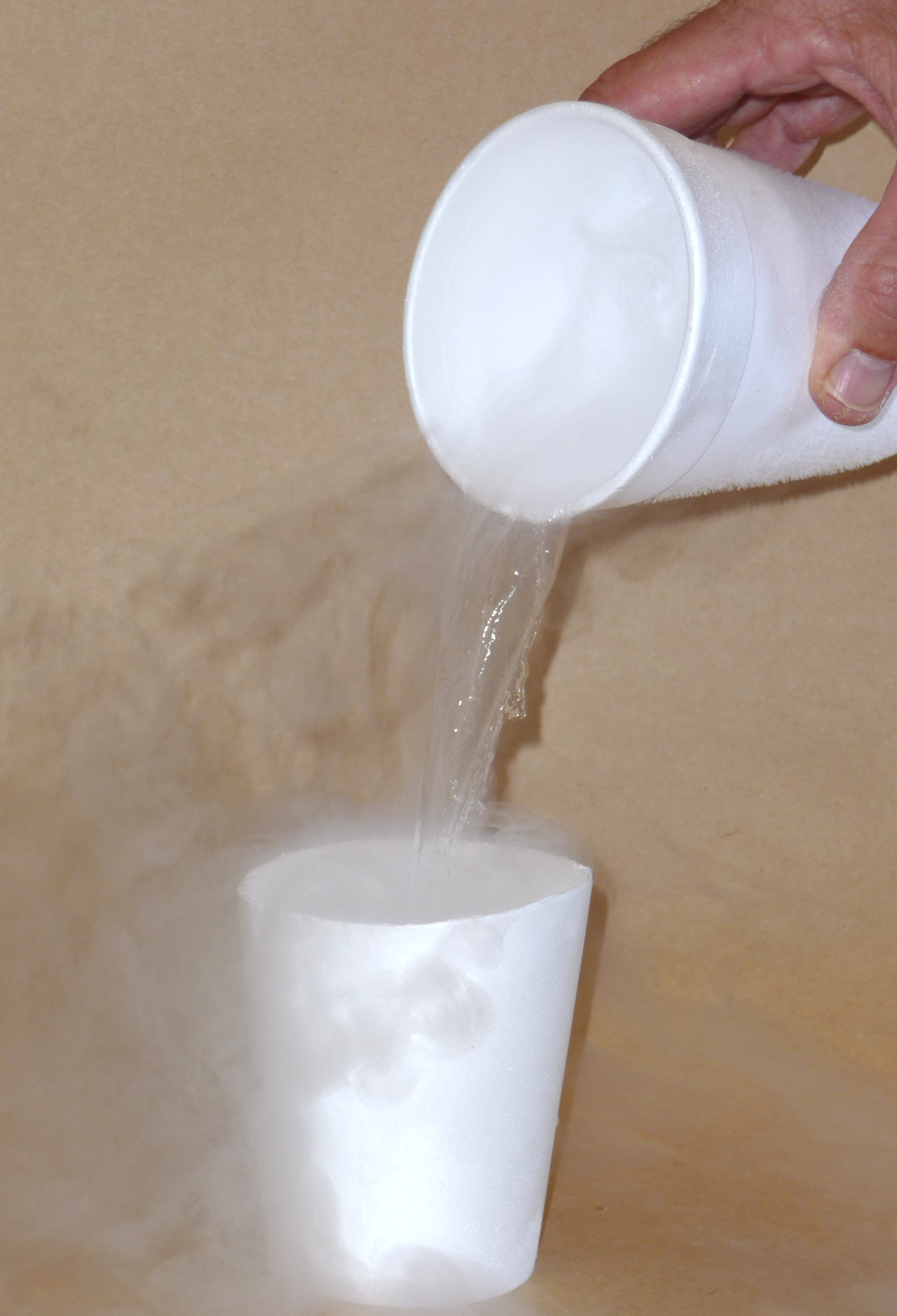
You can see the liquid, it's
clear, it looks like water. Probably a lot of you
knew this was nitrogen. Liquid nitrogen is very cold
and begins to boil (evaporate) at a temperature of -321o
F.
The most abundant gas in the earth's atmosphere is
nitrogen. We'll use liquid nitrogen in several class
demonstration this semester mostly because it is so
cold.
Nitrogen was discovered in 1772 by Daniel Rutherford (a
Scottish botanist). Atmospheric nitrogen is relatively
unreactive and is sometimes used to replace air in packaged
foods to preserve freshness. You don't need to worry
about details like this for a quiz, the main point is that it
is the most abundant gas in air.
Oxygen is the second most abundant gas in the
atmosphere. Oxygen is the most abundant element (by
mass) in the earth's crust, in ocean water, and in the human
body. In liquid form it also becomes visible.
Some photographs of liquid oxygen (O2)
are shown above
(it
boils at -297o F).
It has a (very faint) pale blue color (I
was pretty disappointed when I first saw it because I had
heard it was blue and imagined it was a deeper more vivid
blue). I'd
love to bring some liquid oxygen
to class but I'm not sure it's
available on campus and you
probably need to be careful with
it because it is reactive.
When
heated (such as in an automobile engine) the oxygen
and nitrogen in air react to form compounds such as
nitric oxide (NO), nitrogen dioxide (NO2),
and nitrous oxide (N2O). Together as
a group these are called oxides of nitrogen; the first
two are air pollutants, the last is a greenhouse
gas.
I recently learned that liquid ozone (O3)
does have a nice deep blue color.
Liquid ozone (source
of this photograph).
It's probably even harder to find and
probably more reactive and dangerous than liquid
oxygen. Ozone gas is also poisonous.
Note that, even though they are both made up of oxygen
atoms (O), there is a world of difference between the
chemical properties of O2
and O3.
Here is a complete list of the 5 most abundant gases in air.
And a note about the figures you'll find
in these online notes. They may differ
somewhat from those drawn in class. I often redraw them
after class, or use neater versions from a previous semester for
improved clarity (and so I can get the notes online more quickly).
With a little practice you should be able to start
with a blank sheet of paper and reproduce the list below.
Water vapor and argon are the 3rd and 4th most abundant
gases in the atmosphere. A 2% water vapor concentration is
listed above but it can vary from near 0% to as high as 3% or
4%. Water vapor is, in many locations, the 3rd most abundant
gas in air. In Tucson most of the year, the air is dry
enough that argon is in 3rd position and water vapor is 4th.
Water vapor and carbon dioxide are circled because they are
greenhouse gases.
Water vapor, a gas, is invisible. Water is the only
compound that exists naturally in solid, liquid, and gaseous
phases in the atmosphere.
Argon is an unreactive noble gas (helium, neon, krypton, xenon, and radon are also inert gases).
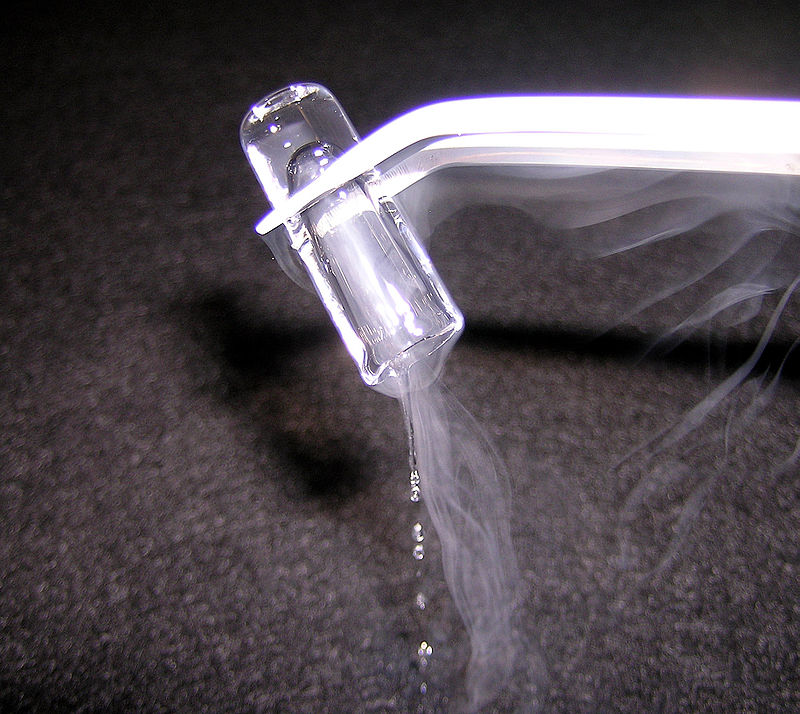
Here's a
picture of solid argon ("argon ice"). It melts
at melts
at -309o F and
boils at -302o F;
it's doing both in this picture. (image source).
Here's a little more
explanation (from Wikipedia)
of why noble gases are so unreactive. You can gloss over
all these additional details if you want to, none of this was covered in class.
The noble gases have full valence electron shells. Valence electrons are the outermost electrons of an atom and are
normally the only electrons that participate in chemical bonding. Atoms
with full valence electron shells are extremely stable and
therefore do not tend to form chemical bonds and have little
tendency to gain or lose electrons (take electrons from or
give electrons to atoms of different materials).
Noble gases are often used used in "neon signs"; argon
produces a blue color. The colors produced by Argon (Ar),
Helium (He), Kryton (Kr), Neon (Ne) and Xenon (Xe), which are
also noble gases, are shown above (source
of the images). An electric current is
traveling through and heating the gas in the tube causing it to
emit light. You're seeing the light emitted by the gas
itself. The inert gases don't react with the metal
electrodes in the bulbs.
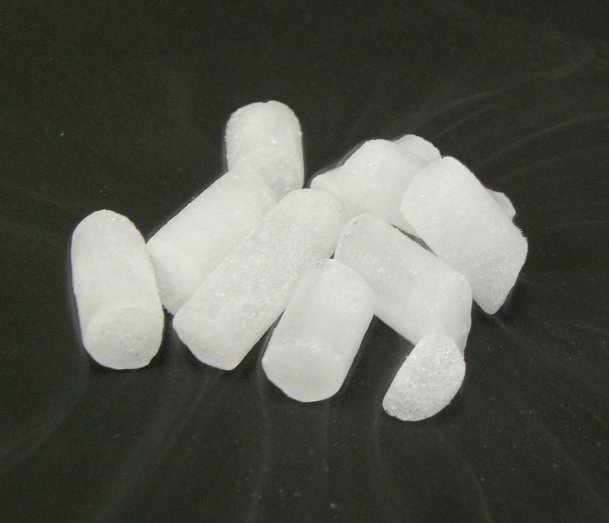
This is solid carbon dioxide, better known as
dry ice. It doesn't melt, it sublimes. Sublimation
is a solid to gas phase change, evaporation is a liquid to gas
change. (
source of the
image above).
The concentration of carbon dioxide in air is much smaller
than the other gases (it's about 0.04% but you don't need to
remember the actual value). That doesn't mean it isn't
important. We'll spend a lot of time this semester talking
about water vapor and also carbon dioxide. Water vapor and
carbon dioxide are the two best known and most important
greenhouse gases. The greenhouse effect warms the
earth. Concentrations of greenhouse gases such as carbon
dioxide are increasing and there is concern this will strengthen
the greenhouse effect and cause global warming. That's a
topic we'll look at during the semester.
If we were using a textbook we'd probably find something like
the following table near the beginning of the book ( I found this
table a few years ago in a Wikipedia
article about the earth's atmosphere ).
I like our list of the 5 most abundant gases better. It's
much more manageable. There is almost too much information
in a chart like this, you might be overwhelmed and not remember
much. Also unless you are familiar with the units on the
numbers they might be confusing. And notice you don't find
water vapor in 3rd or 4th position near the top of the
chart. That's because this is a list of the gases in dry
air. Unless you're very attentive, you might miss that fact
and might not see water vapor way which is included at the bottom
of the chart.
If you click on the link above to the Wikipedia article on the
earth's atmosphere, you'll find that the list above has been
replaced with a shorter simpler list (much more like the one we
created in class).
Dew point temperature and the
summer monsoon
Water plays many important roles in the
atmosphere. One of them is the formation of clouds, storms,
and precipitation. Meteorologists are very interested in
knowing and keeping track of how much water vapor is in the
air. One of the variables they use is the dew point
temperature. The value of the dew point gives you an idea of
how much water vapor is actually in the air. A high dew
point value means a high water vapor concentration.
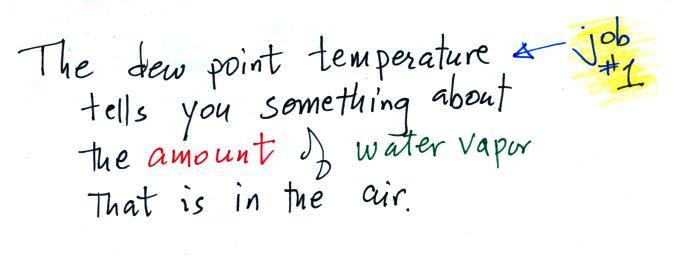
The chart below gives a rough equivalence between
dew point temperature and percentage concentration of water
vapor in the air.
Note that for every 20 F increase in dew point temperature,
the amount of water vapor in the air roughly doubles.
Air temperature will always be equal to or warmer than the
dew point temperature. Experiencing 80o F dew points would be
very unpleasant and possibly life threatening because your
body might not be able to cool itself ( the air
temperature would probably be in the 90s or maybe even
warmer). You could get
heatstroke and die.
Click here
to see current dew point temperatures across the U.S. Here's
a
link concerning unusually high, even record setting dew
point temperatures.
Tucson's summer monsoon
Tucson usually gets between 11 and 12 inches
of rain per year. About half of that comes during the
summer monsoon, i.e. the summer thunderstorm season.
Many people mistakenly think the term monsoon is just another
word for thunderstorm.
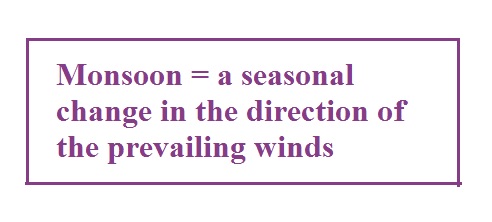
For most of the year in SE Arizona winds
come from the west and are relatively dry. For 2 or 3
months every summer the winds switch direction and start to
blow from the east, southeast, and south. This air is
generally much moister. The combination of moist air and
summertime heating make it much easier for thunderstorms to
form.
Tucson residents generally look forward to the start
of the summer thunderstorm season because the rain
brings some relief from the hot dry weather of May and
June. Recall that the dew point temperature
gives you an idea of how much water vapor is in the
air. The
switch in wind direction and the arrival of moister air is
often indicated by a fairly abrupt increase in the daily
average dew point temperature.
The figures below are from the Tucson
National Weather Service Office and show a plot of
average daily dew point temperatures (red
curve) for June - September.

"Traditional" start of the summer monsoon
season.
This figure above shows average dew point values (probably a
30 year average). Traditionally the summer
monsoon would start when the daily average dew point remained at
or above 54 F green line for 3 days in a row.
Using the chart above we can see that occurs on July 9 on
average. The average dew point temperature drops below 54 F
around Sept. 11. Using this
traditional definition, the summer monsoon season normally
extends from July 9 through September 11.
In any given year the measured daily dew point
values can depart appreciably from average. The figures
below show monthly variations of the measured daily dew point
values from this summer, 2017. Measured
values
are in blue. The red line again shows average daily dew point values and
the green line is 54 F.
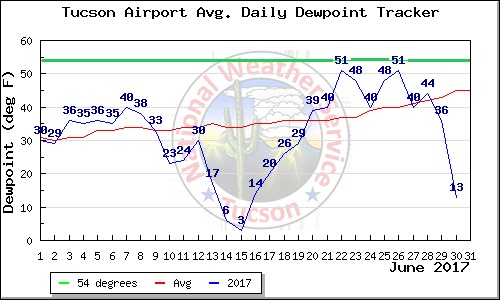
|

|
| Measured and
average dew points in Tucson for June and July 2017 |
The average dew point value reached and stayed above 54 F on
July 9 in 2017. Measured dew points for August and September
(to be filled in later in the semester).
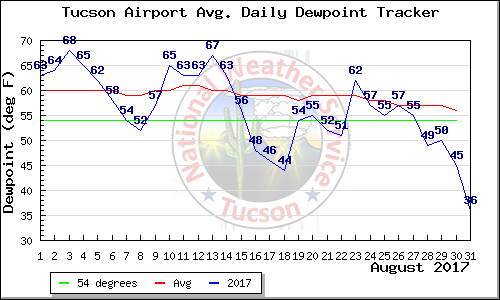
|
|
Measured and
average dew points in Tucson for August and September
2017.
|
This last figure shows all of summer
2017. As you can see there are brief periods once
the summer monsoon is underway when Td dips below 54
F. I am not sure what defines the end of the
monsoon. It's usually pretty obvious; something will
cause a sharp and dramatic drop in Td.
Newer and now official definition of the start and end
of the summer monsoon season. To avoid the
uncertainties in the beginning and end of the summer
monsoon period, the National Weather Service has, since
2008, just assumed a summer monsoon season of fixed
duration, June 15 through Sept. 30, regardless of what the
actual dew point values were.
If you're in Tucson during the summer, you might travel
downtown on June 24 for the El Dia De San Juan
celebration. "El Día de San Juan Fiesta saw its
origins in 1540. Francisco Vásquez de Coronado, a
Spanish conquistador, traversed through Southern Arizona when
he, and his colony, encountered a destructive drought. Their
fields dried up and their animals began to die. Legend says
that, during this time of desperation, he turned to his
Catholic beliefs, and prayed to St. John the Baptist near the
Santa Cruz River. Shortly after, it began to rain." (source
of the quote)
